
The Upcycle
Beyond Sustainability – Designing for Abundance
Read or listen offline
Amazon KindleRecommendation
William McDonough and Michael Braungart share the same depressing data as other environmental scientists and thought leaders, but they have a unique perspective on the world’s ecological problems. While well-intentioned innovators concentrate on “zero emission” design, McDonough and Braungart up the ante – they believe design can have zero impact on the Earth and even reverse past damage. They encourage readers to view themselves not as destructive parasites but as creative partners with the Earth. Their fascinating overview offers successful examples of how innovators who see design from a new perspective create ecologically helpful products. Even if this book slightly echoes the authors’ earlier Cradle to Cradle, a refresher course does no harm. It may well inspire you to reach higher and reconsider your approach to everyday ecology. getAbstract recommends these radical insights to activists, designers, policymakers, manufacturers and nonprofit workers concerned with global ecology.
Summary
About the Authors
William McDonough and Michael Braungart co-authored Cradle to Cradle: Remaking the Way We Make Things, which explains “The Hannover Principles.”








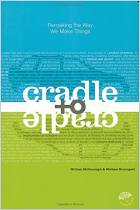
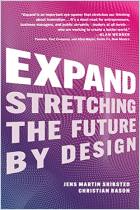
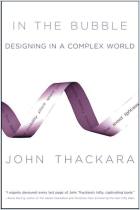

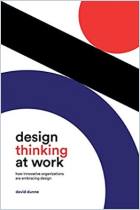
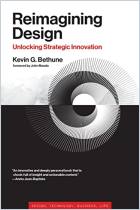
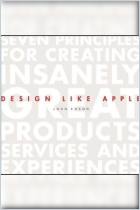






Comment on this summary or Начать обсуждение